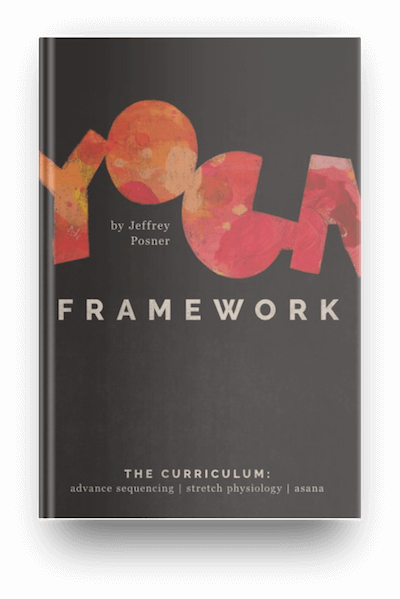Strengthening the Connection: How Balance Training Boosts Heart and Brain Health for a Longer, Healthier Life
Balance training benefits both heart and brain health, offering a holistic approach to a healthier life. As people age, maintaining balance becomes increasingly crucial. Not only does it prevent falls, but it also enhances cognitive functions and supports cardiovascular well-being. Let’s delve into the science behind balance training, its impact on both heart and brain health, and how you can integrate these exercises into your routine.
The Cognitive Benefits of Balance Training
Firstly, balance training significantly improves cognitive functions. When you engage in balance exercises, you stimulate the vestibular system. This system is intricately linked to brain regions responsible for memory and spatial awareness, including the hippocampus and parietal cortex. This connection allows balance training to support brain health independently of cardiovascular improvements. In essence, adopting a balanced-focused exercise regimen may enhance memory and cognition, providing a mental edge as we age. Moreover, research supports this, pointing to the unique brain benefits that balance training offers, apart from physical wellness.
Enhancing Cardiovascular Health Through Balance Exercises
However, the benefits of balance training extend beyond cognitive improvements. It’s a critical part of maintaining cardiovascular health. Although balance training may not directly increase cardiorespiratory fitness, it plays a vital role in preventing falls—an essential factor for individuals recovering from heart events or strokes. Balance exercises involve muscles and systems indirectly supporting heart health, thus making them indispensable in a comprehensive fitness plan. Additionally, integrating balance workouts can boost overall stability, aiding in heart health for a resilient and robust body.
Embracing a Holistic Approach for Heart and Brain Health
Balance training epitomizes a holistic health approach. It emphasizes the interconnectedness of heart and brain health, fitting seamlessly into lifestyle strategies that prioritize physical activity, nutrition, and stress reduction. Engaging in balance exercises like yoga or Pilates can cater to both physical and mental well-being. Moreover, practices such as qigong offer added flexibility, fostering an all-encompassing wellness strategy. Therefore, by adopting balance training, you contribute significantly to an integrated lifestyle aimed at fostering longevity and quality of life.
Practical Tips for Incorporating Balance Training Into Your Routine
Furthermore, incorporating balance exercises into your daily routine is easier than you might think. Simple actions like standing on one leg or using a wobble board are excellent starting points. For those seeking more structured guidance, practices like yoga and Pilates offer comprehensive balance training solutions. These activities boost stability and flexibility while enriching both heart and brain health. You can enhance your balance training by exploring the use of resistance bands for added resistance and depth in your at-home workouts.
Conclusion: A Path to a Longer, Healthier Life
In conclusion, integrating balance training into your health regimen can lead to substantial benefits both for your heart and your brain. By engaging the vestibular system, balance exercises bolster cognitive functions while indirectly supporting cardiovascular health. Through a holistic approach that incorporates physical activity and lifestyle adjustments, balance training fosters overall well-being. Begin today by integrating simple exercises into your routine, utilizing resources like home fitness secrets with resistance bands. Not only will you enhance your balance, but you will also pave the way for a longer, healthier life. So, why wait? Start your journey towards improved balance and wellness right now!

